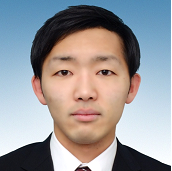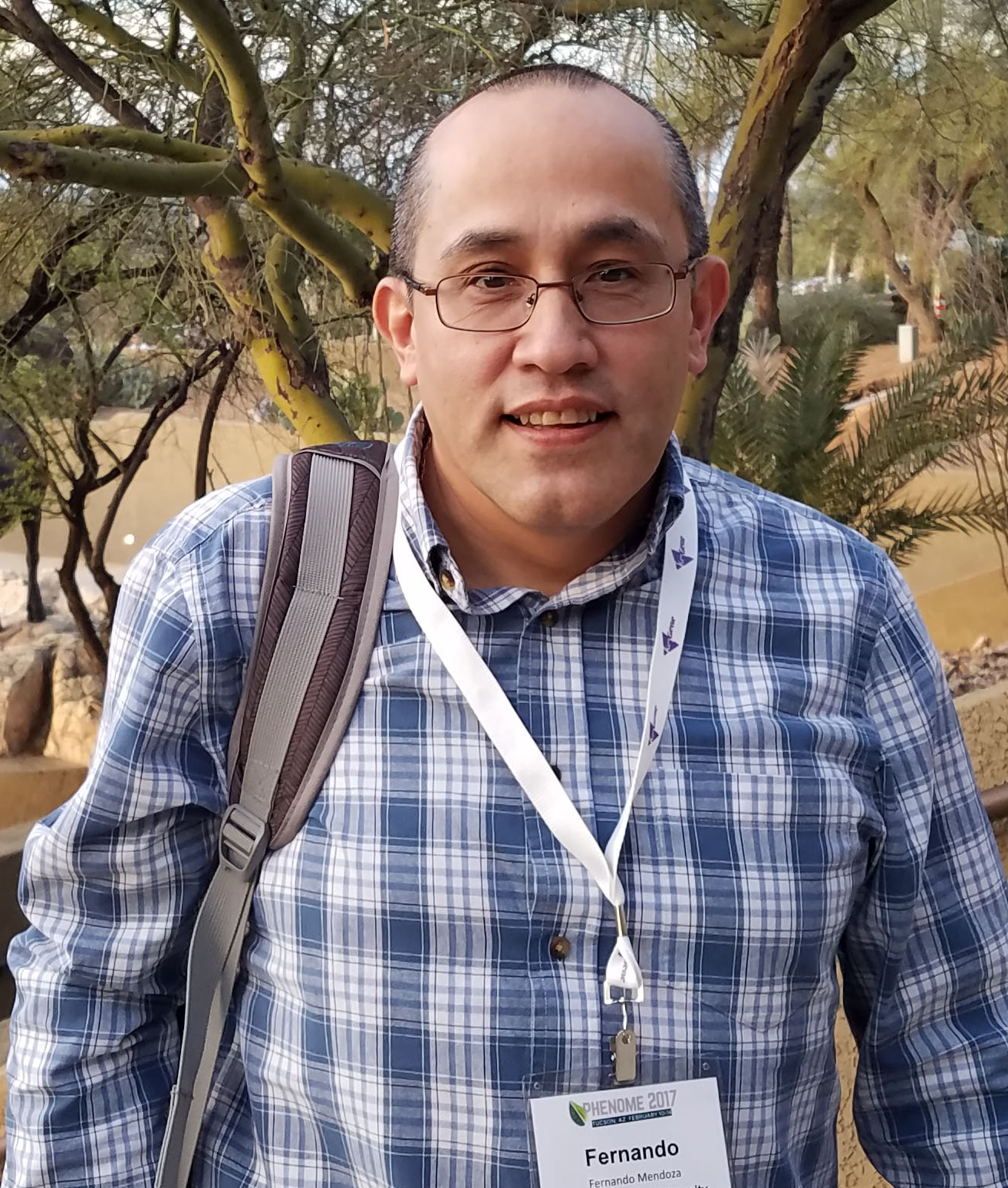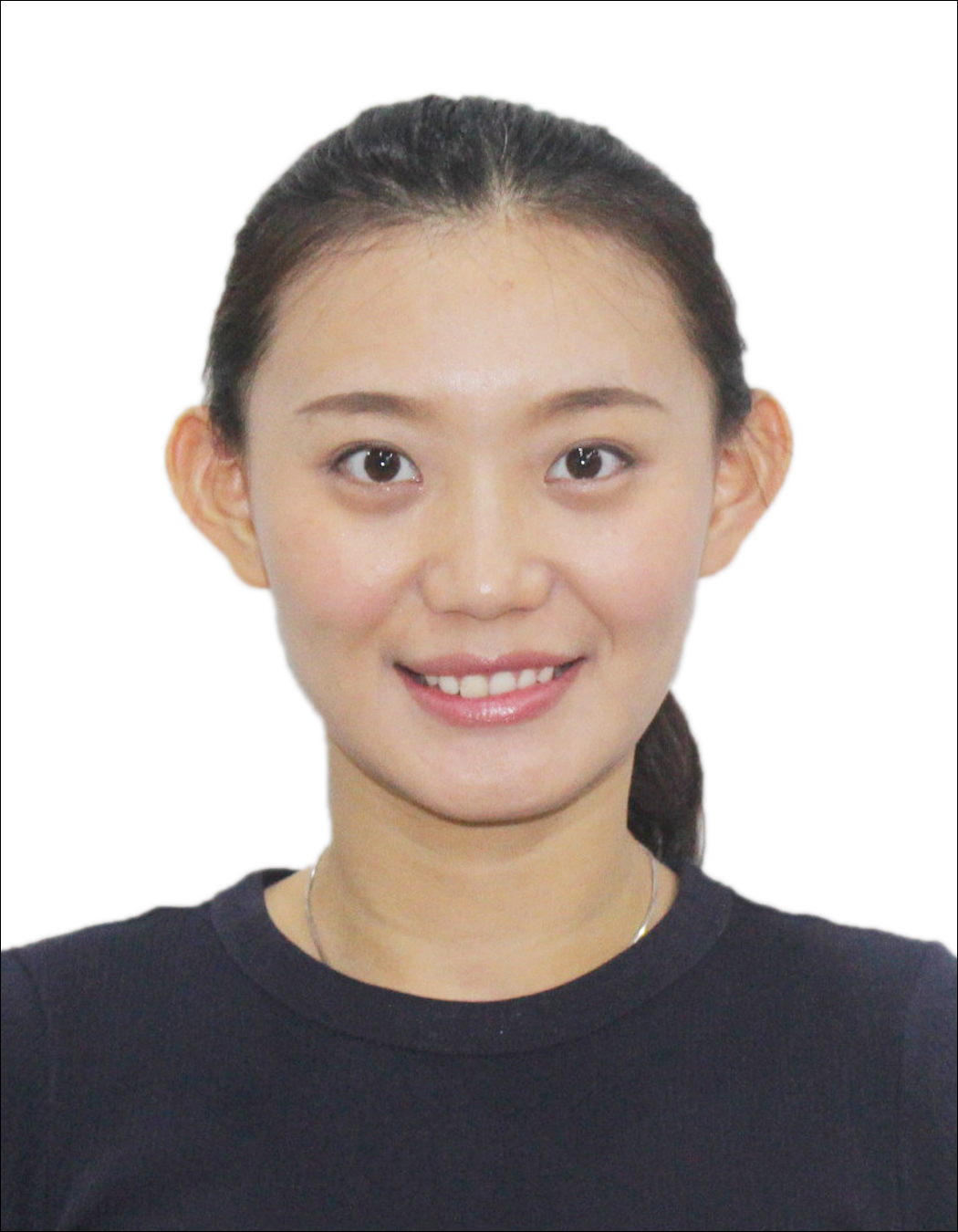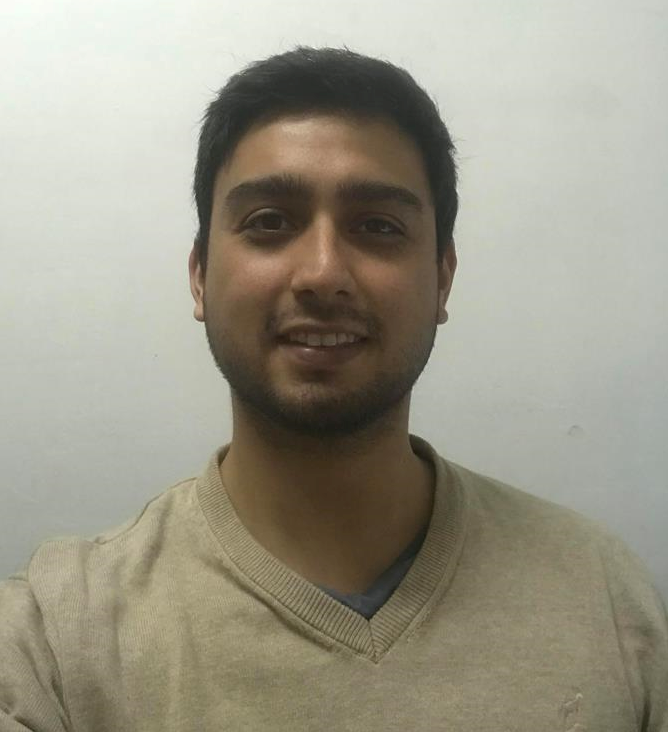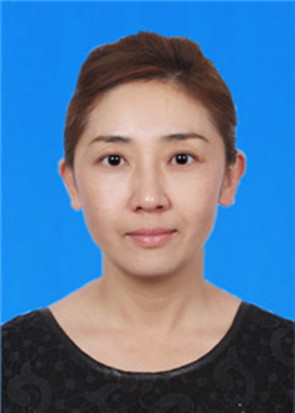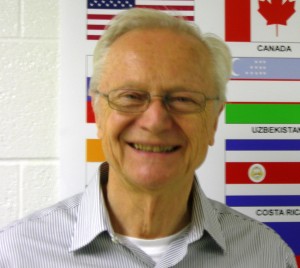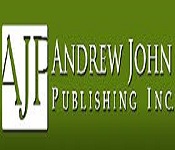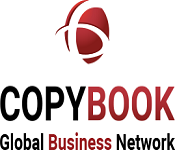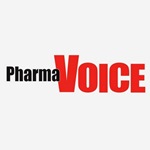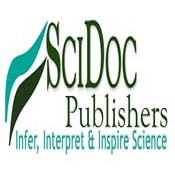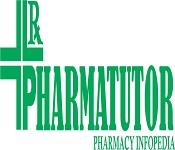Theme: Meeting new horizons in the field of Spectroscopy & Analytical Chemistry
Euro Spectro 2019

Welcome to the “9th World Congress on Spectroscopy & Analytical Techniques”, the annual meeting devoted to diverse topics in the rapidly expanding field of Spectroscopy and Analytical Chemistry.
Euro Spectro 2019 is being organized underlining the theme “Meeting new horizons in the field of Spectroscopy & Analytical Chemistry”. The main aim of the Euro Spectro 2019 is to promote innovation, share and advance knowledge, and to encourage applications of Spectroscopy in chemistry, as well as in physical and biological sciences and their applications. These aims are achieved with the aid of an annual international meeting, often followed by the publication of proceedings in peer-reviewed international journals. All submitted conference papers will be peer-reviewed by competent reviewers. The post-conference proceedings will be abstracted and indexed in the International Journals.
Target Audience:
- Spectroscopists & Experts in Analytical Techniques
- Research Heads from Laboratories & Research Centres
- Leads from Pharmacy and Chemical Industries
- Industrial expertise and Manufacturers working with various spectrometers
- Marketing teams of Industries with novel products to showcase at the conference
- Directors and Professors from Universities and Institutions
- Post-doctoral and Ph.D. students working on Analytical & Bio-Analytical techniques
- Theoretical scientists working on deriving analytical techniques
- Relevant Graduate and Postgraduate students
Join us and take part in carving out a brighter tomorrow aiding the promising developments through sharing your valuable experiences at this esteemed “9th World Congress on Spectroscopy and Analytical Techniques” going to be held on March 06-07, 2019 at Paris, France.
What is Spectroscopy?
Spectroscopy is the study of how electromagnetic radiation interacts with the matter. The flexibility and versatility of Spectroscopic analysis are crucial for the development of the most basic fundamental theories in physics, including quantum mechanics, theories of relativity, quantum electrodynamics, and much more. It determines the structure and functional groups in organic compounds.
Types of Spectroscopy
- X-Ray photoelectron spectroscopy (XPS)
- Infrared absorption spectroscopy (IRS)
- Ultraviolet and visible absorption spectroscopy (UV-VIS)
- Nuclear magnetic resonance spectroscopy (NMR)
- Raman Spectroscopy
Applications of Spectroscopy
- Structures of atoms and molecules can be determined by Spectroscopy. The huge number of wavelengths which are emitted by these system helps to achieve the details of the structure, including the electron configurations of ground and various excited states.
- Through Mass Spectrometer, with the mass-to-charge ratio, we can measure the sampled chemicals or nanoparticles.
- For finding the constituents in the material having unknown chemical composition can be done by a precise analytical method provided by Spectroscopy. Through the emission spectrum, we can trace concentration of a few parts per million an element in a typical spectroscopic analysis.
- Improving the structure of drugs and it has application in metabolite screening.
- In astronomy, unique spectra are used to identify the chemical makeup of objects in space and to identify properties of space objects, their temperature and well as their velocity.
What are Analytical Techniques?
The Analytical techniques are the techniques which are utilized to determine the concentration of a particular chemical compound or chemical elements. Analytical Techniques and instrumentation provide the foundation for all the measurements made in a modern clinical chemistry laboratory.
Types of Analytical Techniques
The majority of Analytical Techniques fall into one to four basic disciplines within the field of analytic chemistry:
- Spectrometry
- Spectrophotometry
- Atomic Absorption
- Mass Spectrometry [MS]
- ​Luminescence
- Fluorescence
- Chemiluminescence
- Nephelometry
- Electroanalytic Methods
- Electrophoresis
- Potentiometry
- Amperometry
- Chromatography
- Gas Chromatography
- Liquid Chromatography
- Thin-layer Chromatography
Application of Analytical Techniques
- Data provided by the analytical techniques are used to make critical decisions during R&D, meet regulatory compliance requirements and drive product improvement.
- Analytical Techniques are used for the Identification of the Geopolymer Reactions.
- The analytical technique of liquid chromatography (LC) is used extensively thought the pharmaceutical industry.
- Also for performing Materials analysis, chemical analysis and product reverse engineerings, such as Scanning Electron Microscopy (SEM)/EDX, Surface Analysis, Optical Microscopy, and Image Analysis and X-ray Imaging - Non -Destructive Testing (NDT)
Track 01: Mass Spectrometry
It is a powerful analytical technique which is used to quantify the known materials, to identify unknown compounds within a sample, and also to elucidate the chemical and structural properties of different molecules. This process involves the conversion of sample into gaseous ions, without or with fragmentation and then characterize is done by the mass to charge ratios (m/z) and relative abundances.
Track 02: Analytical Chemistry
The quantification, separation, and identification of chemical compounds are done by Analytical Chemistry. The chemical analyses can be quantitative or qualitative, quantitative as in determining the amount of a certain component in the sample and qualitative as in the identification of the chemical components.
Track 03: Raman Spectroscopy
Raman spectroscopy is one of the most famous Spectroscopy methods in this field, it is a spectroscopic technique used to observe rotational, vibrational, and other low-frequency modes in a system. A structural fingerprint by which molecules can be identified is done by this technique.
Track 04: Astronomical Spectroscopy
It is chiefly concerned with the analysis of objects in space. From a simple spectroscopic analysis of a body, we can determine their wavelength, which can then give us their chemical composition (as a factor of their spectra and mass), temperature, distance and speed (using a function of their wavelength and the speed of light).
Track 05: Infrared Spectroscopy
The study of infrared light interacting with a molecule is Infrared Spectroscopy. This can be analyzed by measuring absorption, emission, and reflection. The technique is applied in organic and inorganic chemistry. The functional groups are determined in molecules and measures the vibrations of atoms and based on this, it is possible to define the functional groups of these elements.
Track 06: Atomic Spectroscopy
The technique uses basically the principle that free atoms (gas) generated in an atomizer can absorb radiation at the precise frequency. Atomic-absorption spectroscopy calculates the absorption of ground state atoms in the gaseous state.
Track 07: UV Spectroscopy
Ultraviolet and visible (UV-Vis) absorption spectroscopy is the measurement of the attenuation of a beam of light after it passes through a sample or after reflection from a sample surface. Absorption measurements can be at a single wavelength or over an extended spectral range.
Track 08: Luminescence Spectroscopy
The emission of light by a substance is Luminescence. The technique which studies on such chemical systems is Luminescence Spectroscopy. When an electron returns to the electronic ground state from an excited it loses the excess energy as a photon. Luminescence spectroscopy is a collective name given to three related spectroscopic techniques. They are:
Molecular fluorescence spectroscopy
Molecular phosphorescence spectroscopy
Chemiluminescence Spectroscopy
Track 09: X-Ray Spectroscopy
There are different ways in which X-rays can be employed. Absorption of X-rays is about absorbing the material in other regions of the spectrum. Fluorescence emission of X-rays enables to identify and measure heavy elements in any medium. Diffraction of X-rays enables to analyze the specificity and accuracy of crystalline materials with a high degree.
Track 10: Energy Dispersive (EDS/EDX) X-RAY Spectroscopy
Energy Dispersive X-Ray spectroscopy (otherwise known as EDS/EDX) is another analytical technique which is used for the identification and quantification of elements found in a sample. This technique scan also is used in conjunction with Transmission Electron Microscopy (TEM), Scanning Electron Microscopy (SEM) and Scanning Transmission Electron Microscopy (STEM) to create spatially resolved elemental analysis in areas as small as a few nanometres in diameter.
Track 11: Time-Resolved (TR) Spectroscopy
The study of dynamic processes in materials or chemical compounds by means of spectroscopic techniques is Time-Resolved (TR) Spectroscopy. Most often, processes are studied after the illumination of material occurs, but in principle, the technique can be applied to any process that leads to a change in the properties of a material.
Track 12: Proteomics
Recent successes exemplify the role of mass spectrometry-based proteomics as a crucial tool for molecular and cellular biology and for the emerging field of systems biology. These include the study of protein-protein interactions via affinity-based isolations on a small and proteome-wide scale, the mapping of numerous organelles, the synchronized description of the malaria parasite genome and proteome, and the generation of quantifiable protein profiles from diverse species. The ability of mass spectrometry to identify and, increasingly, to exactly quantify thousands of proteins from complex samples can be expected to impact broadly on biology and medicine.
Track 13: Cloud-based Spectroscopy
Cloud-based spectroscopy is Anywhere-enabled instruments allow researchers, lab technicians, educators, and students easy access to their data when away from the instrument. Key features of the cloud-enabled instruments include:
Accessibility – View, peak-pick and manipulate spectrometers on different operating systems
Scalability – Store the data in the cloud and scale the storage as per requirement
Security – Data is secure through various cloud-based security platforms
Track 14: NMR Spectroscopy
Nuclear Magnetic Resonance (NMR) is a spectroscopy technique which is based on the absorption of electromagnetic radiation by nuclei of the atoms. Proton Nuclear magnetic resonance spectroscopy is one of the most powerful tools for elucidating the number of hydrogen or proton in the compound. It is used to study a wide variety of nuclei.
Track 15: EPR Spectroscopy
Electron paramagnetic resonance (EPR) or electron spin resonance (ESR) spectroscopy is a method for studying materials with unpaired electrons. The basic concepts of EPR are equivalent to those of nuclear magnetic resonance (NMR), but it is electron rotations that are excited instead of the spins of atomic nuclei.
Track 16: Terahertz Spectroscopy
Terahertz spectroscopy is a rapidly evolving field with interesting applications in medical imaging, security, scientific imaging (chemistry, biochemistry, and astronomy), communications, and manufacturing. The generation and detection scheme is sensitive to the sample's effect on both the amplitude and the phase of the terahertz radiation.
Track 17: Chromatography
Chromatography, the method of separating the components, or solutes, of a mixture on the basis of the relative amounts of each solute distributed between moving fluid streams, called the mobile phase, and a contiguous stationary phase. The mobile phase may be any of liquid or a gas, while the stationary phase is any a solid or a liquid.
Track 18: (HPLC) High-Performance Liquid Chromatography
It is a technique in analytical chemistry used to separate, identify, and quantify each component in a mixture. It relies on pumps to pass a pressurized liquid solvent containing the sample mixture through a column filled with a solid adsorbent material.
Track 19: Absorption Spectrometry
It is one of the spectroscopic techniques that measure the absorption of radiation, as a function of frequency or wavelength, for its interaction. The sample absorbs energy, i.e., photons, from the radiating field. The technique uses basically the principle that free atoms (gas) generated in an atomizer can absorb radiation at a specific frequency.
Track 20: Biomedical Spectroscopy
Spectroscopic methods play an increasingly important role in studying the molecular specifics of complex biological systems in health and disease. It is a multidisciplinary research field involving spectroscopic tools for applications in the field of biomedical science.
Track 21: Spectroscopy tools in Nanotechnology
The most intriguing part for researchers is the complex properties which are shown by nanoparticles and nanostructures. Microscopic methods such as SPM and electron microscopes are available to observe nanomaterials at the nanoscale level but the chemical, structural and optical properties are not possible with these instruments. This is where spectroscopic characterization techniques are used to investigate the properties of the nanomaterials.
Track 22: Separation Techniques
The individual substances in a mixture can be separated using different methods, depending on the type of mixture. These methods include filtration, evaporation, distillation, and chromatography. Identify an appropriate separation technique to separate a mixture based on the physical properties of the components of the mixture.
Track 23: Computed Tomography
Computed tomography (CT) is an imaging procedure that uses special x-ray equipment to create detailed pictures, or scans, of areas inside the body. It is also called computerized tomography and computerized axial tomography (CAT). CT scan images provide more-detailed evidence than plain X-rays do.
Track 24: Crystallography
Crystallography is the science that examines crystals, which can be found everywhere in nature from salt to snowflakes to gemstones. Crystallographers use the properties and inner structures of crystals to determine the arrangement of atoms and generate knowledge that is used by chemists, physicists, biologists, and others. They study it by X-rays and electrons, their application in condensed matter research, materials science and the life sciences.
Track 25: Clinical Chemistry and Laboratory Techniques
Clinical Chemistry is that field of clinical pathology involved with analysis of body fluids. The origin was in the late nineteenth century with the use of simple chemical tests for diverse elements of blood and waste product. After this, totally different clinical biochemistry techniques were applied to the side of the use and live of catalyst activities, spectrophotometry, action, and biological assay.
Related Conferences Month-wise:
March Conferences
23rd Annual World Dental Summit March 11-13, 2019 Stockholm, Sweden
15th International Conference and Exhibition on Nanomedicine & Pharmaceutical Nanotechnology
March 18-19, 2019 Paris, France
5th International Conference on Polymer Chemistry March 18-19, 2019 Amsterdam, Netherlands
1st International Conference on Biosimilars and Biologics March 18-19, 2019 Amsterdam, Netherlands
24th International Conference on Dental Education March 18-19, 2019 Paris, France
April Conferences
11th International Conference on Medicinal Chemistry and Pharmaceutical Technology April 01-02, 2019 Prague, Czech Republic
May Conferences
10th International Conference on Chemistry May 09-10, 2019 Amsterdam, Netherlands
11th World Congress on Neuropharmacology May 9-11, 2019 Prague, Czech Republic
June Conferences
World Congress of Europe Conferences for Physical and Theoretical Chemistry June 07-09, 2019 Paris, France
4th Pharmaceutical Chemistry Conference June 17-18, 2019 Amsterdam, Netherlands
7th European Biopharma Congress June 17-18, 2019 Stockholm, Sweden
14th World Congress on Pharmacology and Drug Safety June 17-18, 2019 Lisbon, Portugal
18th Annual Congress on Pharmaceutics & Drug Delivery Systems June 27-29, 2019 Amsterdam, Netherlands
July Conferences
10th World Congress on Green Chemistry and Technology July 10-11, 2019 Paris, France
11th International Conference and Expo on Separation Techniques July 30-31, 2019 Amsterdam, Netherlands
9th International Conference on Petro Chemistry and Chemical Engineering July 30-31, 2019 Amsterdam, Netherlands
August Conferences
28th Euro Dentistry Congress August 08-10, 2019 Amsterdam, Netherlands
6th International Conference on Organic and Inorganic Chemistry August 08-09, 2019 Amsterdam, Netherlands
September Conferences
6th World Congress on Chemical Engineering and Catalysis September 07-09, 2019 Amsterdam, Netherlands
October Conferences
International Chemistry Congress October 07-08, 2019 Stockholm, Sweden
9th World Congress on Chromatography October 10-12, 2019 Paris, France
November Conferences
5th Edition of International Conference on Polymer Science and Technology November 03-04, 2019 Paris, France
Market Analysis
The importance of matching international standards of quality across industries such as pharmaceutical as well as food and agriculture industries which includes rising adoption of the process technology is promoting the growth of spectroscopy market. The growth forecast is expected to grow at a CAGR of 8.4% during the period from 2017 to 2025. The world process spectroscopy market is anticipated to reach USD 2005.2 million in 2025.

Competitive analysis and Top Players in Spectroscopy
Due to the presence of several global and regional vendors, the spectroscopy market appears to be fragmented. The competition among the companies is mainly focussed on factors such as production volume, quality, innovation in technology, and aftersales services. The major challenges to spectroscopy manufacturers are consumer preferences, rapid improvements in technology and, intense competition among them. Companies are concentrating on developing products with innovative technologies and are highly focussing on improving revenue.
According to the spectroscopy market research, the top players in the market are:
• Agilent Technologies
• Bruker
• Danaher
• Hitachi High-Technologies Corporation
• Jeol
• PerkinElmer
• Shimadzu Corporation
• Thermo Fisher Scientific
• Other prominent vendors include FOSS, GBC Scientific Equipment, JASCO, Metal Power, Rigaku Corporation, and WATERS.

Spectroscopy Market, By Technology:
Recent and several technological developments in Raman Spectroscopy such as estimation of purity of a compound and the detailed fingerprinting are derivable from Raman Spectrum.
Furthermore, by the introduction of cloud-based spectroscopy, various opportunities will arise in terms of adoption of diverse end-use industries. Cloud-based Spectroscopy can dynamically scale up and down the resources to be computed to match a varying workload.
Similarly, implementation of Process Analytical Technology (PAT) is to ensure the high-quality performance of the final product that provides more benefits. Though, the high initial capital investment needed for employing spectroscopic equipment and complications involved in the use of these devices will create a challenge for the complete growth of this market.
Over 60% of the overall process spectroscopy market share is NIR technology segment. It is likely to grow 6% CAGR from 2016 to 2024. Growth in this particular sector can be attributed to rising application in the number of sectors from the food industry, quality monitoring, biogas plants, plastics identification in the chemical industry and controlling paper production.
Fourier Transform Infrared (FT-IR) was valued at over USD 170 million in 2015 and is projected to account for over 20% of the overall industry share by 2024. Rising in the use of this technology in identification as well as the assessment of numerous materials, chemicals & compounds such as particulates, chemical warfare agents, residues, fibers, pesticides, and narcotics may propel industry demand over the next few years.
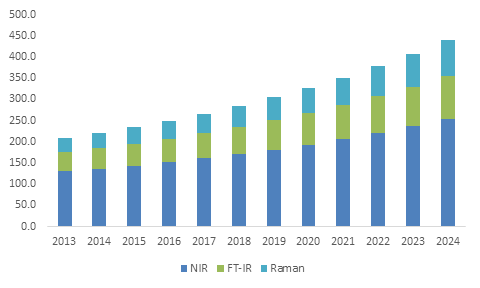
Spectroscopy Market, By Region:
The U.S. process spectroscopy market size is expected to increase in pharmaceuticals, healthcare, agriculture and food sector due to the presence of key industry participants and stringent quality standards. Asia Pacific overall revenue will grow at 8% CAGR from 2016 – 2024. Presence of resources and cheap labor, manufacturing activities of industry participants are increasing by relocating research and development. This will impact towards contributions of regional growth.
Rising awareness regarding quality products and standards among people is likely to force players to adhere to guidelines of international quality standards. Through certification and to improve brand image companies started implementing the quality measure. These measures are expected to offer benefits such as an improvement in product quality, process effectiveness and cost saving.
CAGR Regional Growth

Spectroscopy, Competitive Market Share:
Now, the companies are and top key players are focusing on the development of instruments and solutions which can implement FT-IR and NIR into a single device. Bruker Corporation already developed MPA (Multipurpose FT-NIR analyzer. Companies such as Thermo Fisher Scientific which is considered as one of the key players in the market is offerings include reagents, equipment with consumables, analytical instruments, and software and services for research & analysis, manufacturing, diagnostics, and discovery. The company has four operating business segments, laboratory products, and specialty diagnostics and services, life technologies business and analytical technologies. Companies such as 3M, Boeing, General Electric (GE), Hewlett Packard (HP) and Lockheed Martin have successfully implemented Six Sigma. Governments worldwide are anticipated to lay down strict quality policies for manufacturing in order to get enhanced products.
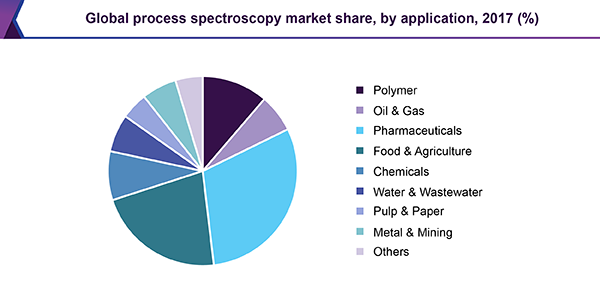
Related Societies:
USA: American Chemical Society Division of Analytical Chemistry, American Society for Mass Spectrometry, The Coblentz Society, International Society of Automation, North American Society for Laser-Induced Breakdown Spectroscopy, Society for Applied Spectroscopy, The Council for Near-Infrared Spectroscopy, California Separation Science Society
Europe: The Austrian Society of Analytical Chemistry, Royal Society of Chemistry, Royal Society of Chemistry Analytical Division, The AES Electrophoresis Society, European Chemical Society, Swedish Chemical Society, The Filtration Society
Asia-Pacific: The Spectroscopical Society of Japan, Israel Society for Analytical Chemistry, Federation of Asian Chemical Societies, The Israeli Society for Mass Spectrometry, Federation of Asian Chemical Societies
Conference Highlights
- Mass Spectrometry
- Analytical Chemistry
- Raman Spectroscopy
- Astronomical Spectroscopy
- Infrared Spectroscopy
- Atomic Spectroscopy
- UV Spectroscopy
- Luminescence Spectroscopy
- X-Ray Spectroscopy
- Energy Dispersive (EDS/EDX) X-RAY Spectroscopy
- Time-Resolved (TR) Spectroscopy
- Proteomics
- Cloud- based Spectroscopy
- NMR Spectroscopy
- EPR Spectroscopy
- Terahertz Spectroscopy
- Chromatography
- (HPLC) High Performance Liquid Chromatography
- Absorption Spectrometry
- Biomedical Spectroscopy
- Spectroscopy tools in Nanotechnology
- Separation Techniques
- Computed Tomography
- Crystallography
- Clinical Chemistry and Laboratory Techniques
To share your views and research, please click here to register for the Conference.
To Collaborate Scientific Professionals around the World
| Conference Date | March 06-07, 2019 | ||
| Sponsors & Exhibitors |
|
||
| Speaker Opportunity Closed | Day 1 | ||
| Poster Opportunity Closed | Click Here to View | ||
Useful Links
Special Issues
All accepted abstracts will be published in respective Our International Journals.
- Mass Spectrometry & Purification Techniques
- Journal of Chromatography & Separation Techniques
- Journal of Analytical & Bioanalytical Techniques
Abstracts will be provided with Digital Object Identifier by









